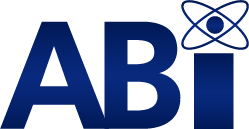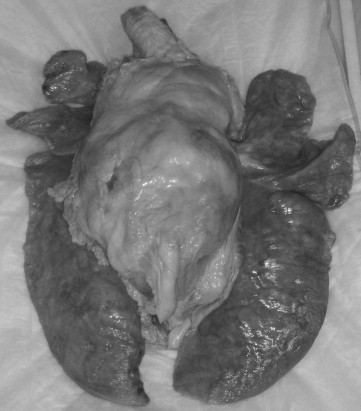In medical disciplines such as surgery, it is crucial for practitioners to have hands-on experience with procedures before performing them in a clinical setting. This is easier said than done: certain operations are difficult to replicate outside of a living subject. It can also be difficult to access and learn on practice models outside of an educational setting, posing a problem for practicing surgeons who want to utilize techniques developed after the completion of their education. Animal models and tissues provide one solution to this problem, allowing students and professionals to develop their skills on non-human subjects. This article from The Annals of Thoracic Surgery describes one such simulator for the practice of thoracoscopic lobectomy.
A porcine heart and lung tissue block serves as the base of this model. Included in the tissue block are both lungs, a heart with intact pericardium, and the esophagus. The left lung’s structure more closely resembles human anatomy than the right, so it is used as the lobectomy teaching tool. The block’s blood vessels are statically distended with ketchup to provide a more realistic experience, as well as to make it easier to identify any technical errors. Total time required to prepare this model ranges from 5 to 10 minutes per block, after which it is placed in a thoracoscopic training box. For best results, the block should be used within several hours of its preparation, but can remain a viable model up to 24 hours after perfusion.
As one would anticipate, this model is not a perfect recreation due to differences between swine and human anatomy; for example, the tissue planes of pigs are tougher than those of humans. Testers with previous lab experience noted some qualities that present better in cadaver or live porcine models. Advantages of this model include relative ease of preparation and less demanding facility requirements. The tissue block model also provides significant budgetary benefits, with a per unit cost that is a fraction of prices for live animals or cadavers. The lower cost and reduced facility requirements make the tissue block a feasible practice tool for a broader audience.




